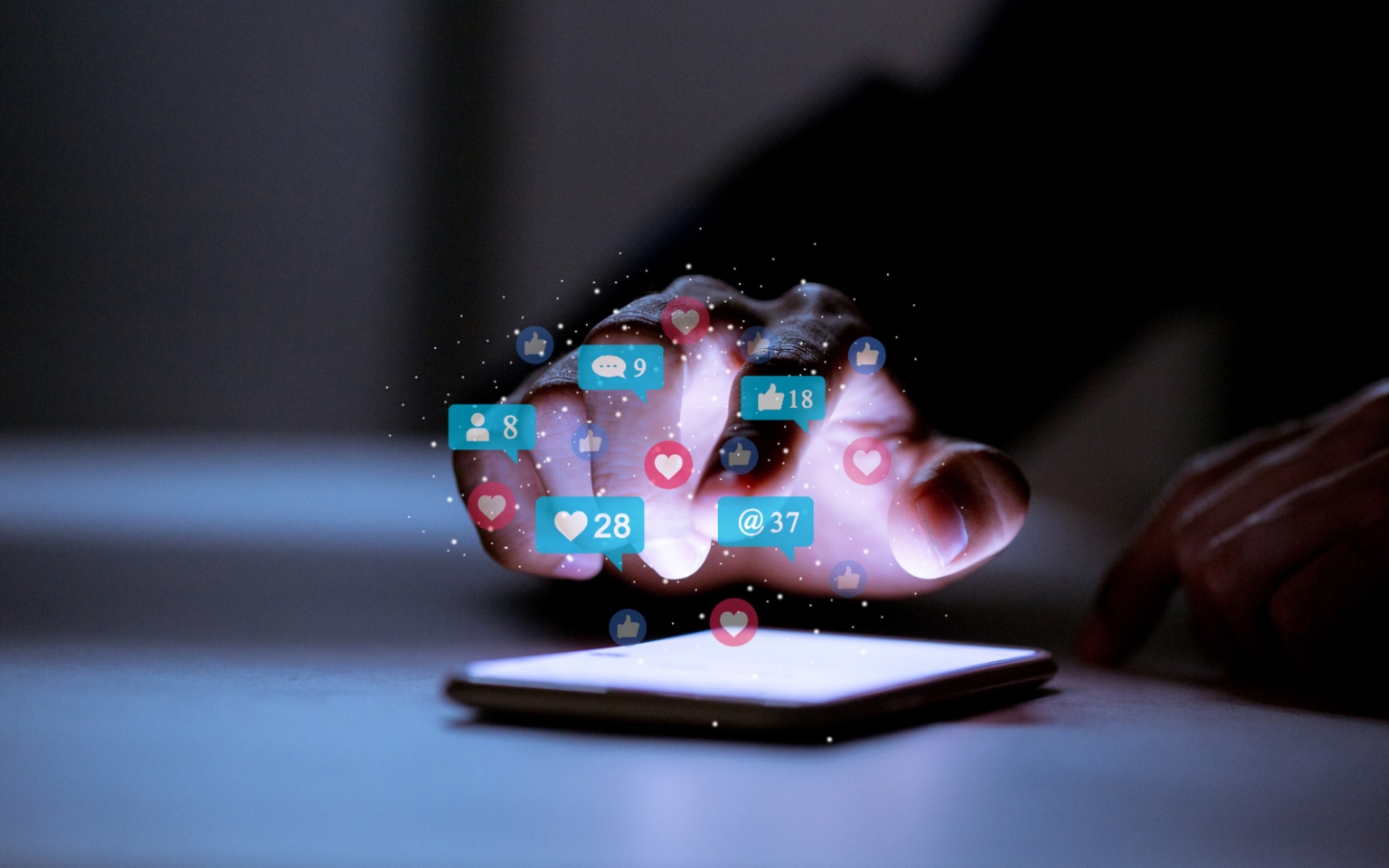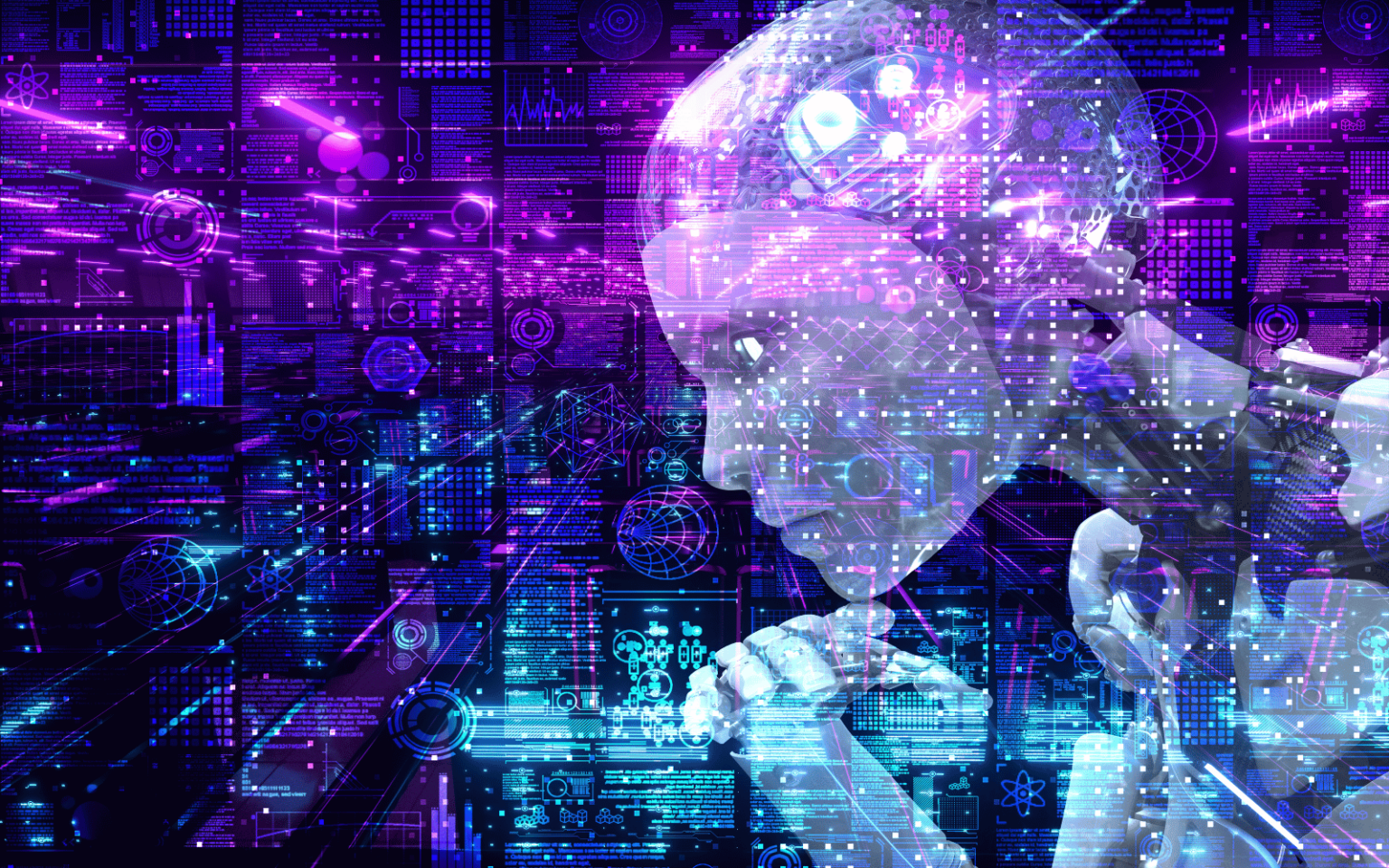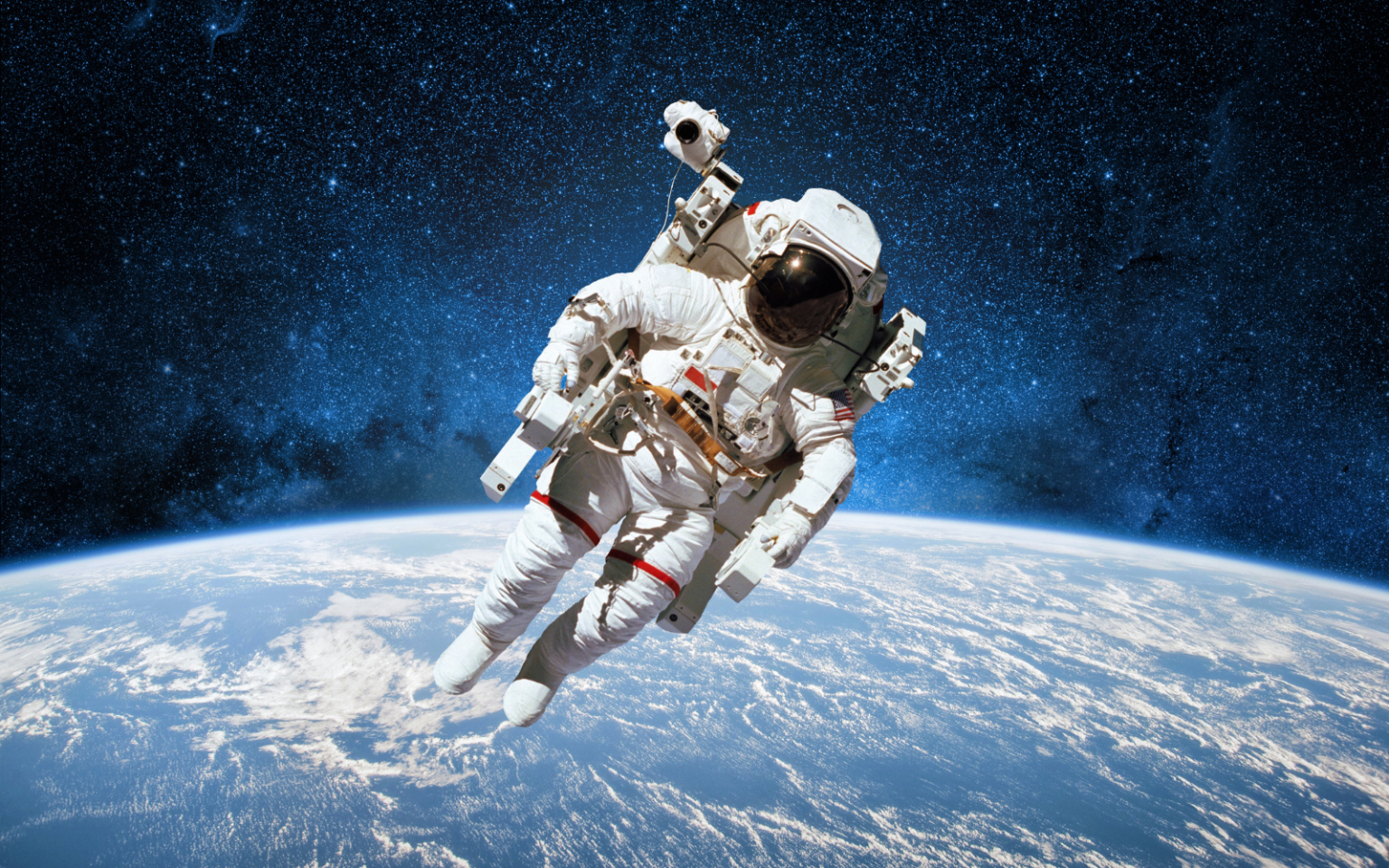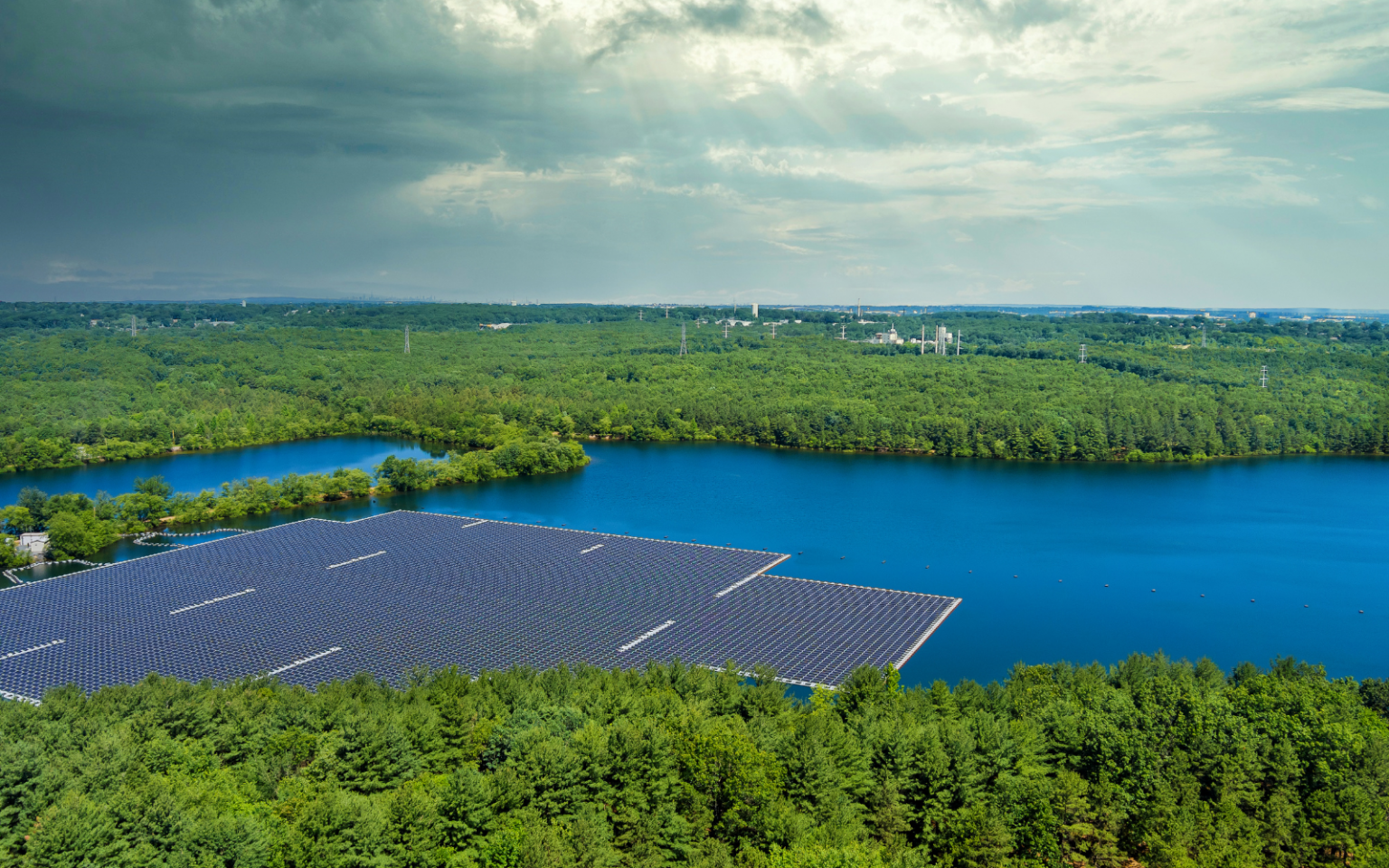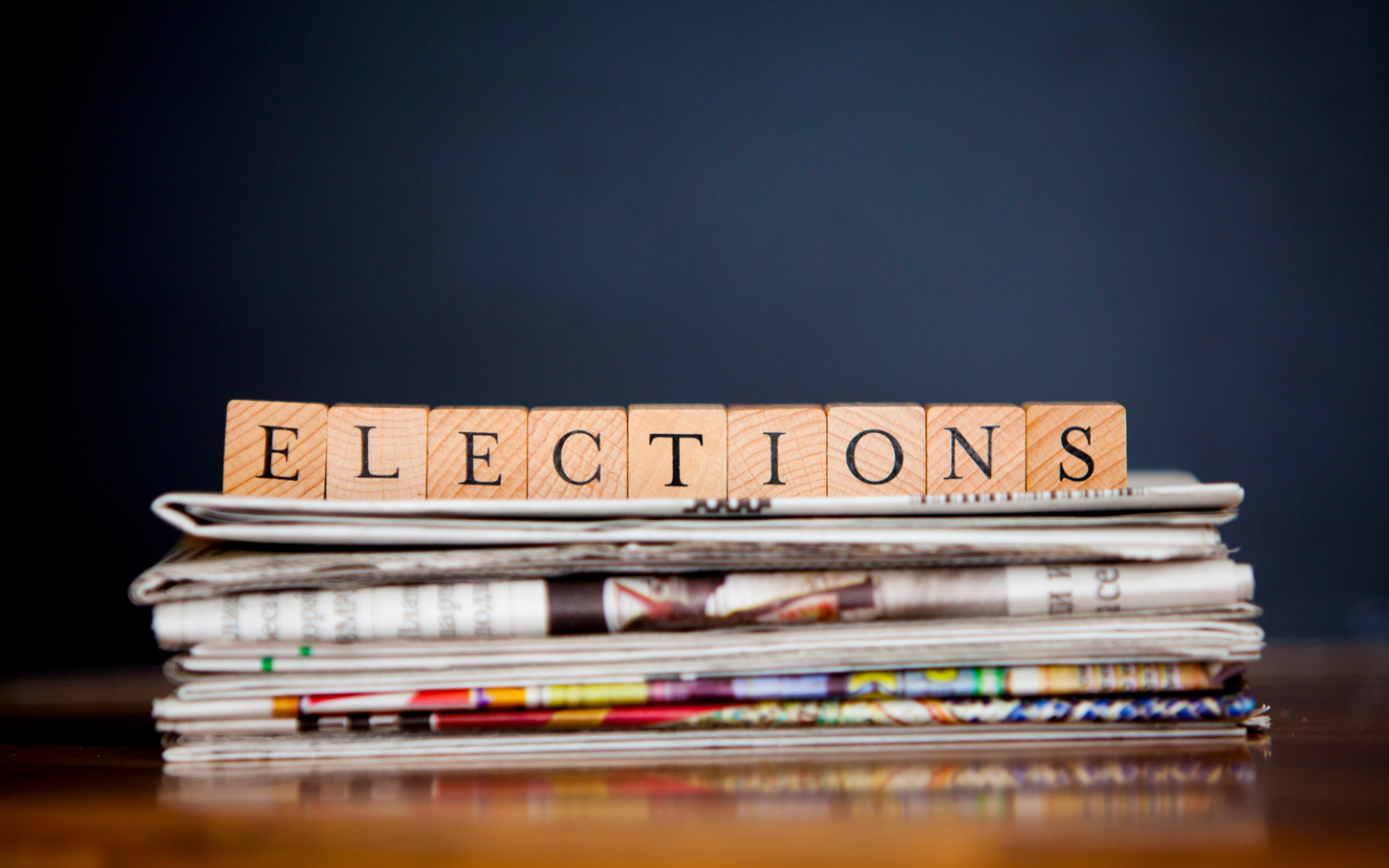Advances in artificial intelligence (AI) are disrupting many aspects of modern life, and the news industry is no exception. In a year with a record-breaking number of elections worldwide, there has been considerable soul-searching about the potential effect of so-called “deepfakes”, and other synthetic content, on democracies. There have also been further disruptions to the business models and trust underpinning independent journalism. Most audiences are just starting to form opinions about AI and news, but in this year’s Digital News Report survey, which we produced at the University of Oxford’s Reuters Institute for the Study of Journalism, we included questions about the…
Author: The Conversation
Unlike “traditional” AI which relies on predetermined rules and patterns, generative AI can produce novel content – like text, video, images, and music. In a way, unlike old AI, generative AI can think outside the box. Its implications are profound and sprawling, with the potential to reshape virtually every branch of society. Conversations about AI often turn on whether it will be a net positive or negative for society, but our new research as part of an international team suggests that acknowledging AI’s apparent paradoxes can help us develop a clearer picture about its risks and potential benefits. We focused on four…
In the coming decade, more people will go to space than ever before as human spaceflight enters a new era. NASA, the European Space Agency and other governmental agencies are partnering to develop crewed missions beyond the Moon. At the same time, these agencies are collaborating with private companies using new technologies to drive down the price of space exploration. Companies such as SpaceX, Blue Origin and Sierra Space have developed vehicles with reusable boosters, automated flight systems and lightweight materials to support these deep space missions. Some even have ambitions of their own to build private space stations, Moon bases or mining operations in…
New research has found that several countries could meet all their energy needs from solar panel systems floating on lakes. Climate, water and energy environmental scientists R. Iestyn Woolway and Alona Armstrong analysed how much energy could be produced by floating solar panels on just 10% of the water surface of one million bodies of water globally. They found that Ethiopia and Rwanda could generate more energy than their current national energy need from the floating energy systems alone. How do floating solar panels work? Also known as floating photovoltaic systems, these are solar panels mounted on structures that float on water bodies like…
Imagine keeping a laser beam trained on a dime that’s 200 miles away. Now imagine doing that continuously for 24 hours, while riding a merry-go-round. Seem difficult? Well, that’s basically what the Hubble Space Telescope does. After months of technical issues, NASA announced June 4 that Hubble would shift into one-gyroscope mode. This essentially means that the telescope will have to rely on just one of the several gyroscopes – devices that measure an object’s orientation in space – it normally uses to track and follow objects in space. Named after astronomer Edwin Hubble, the Hubble telescope launched in 1990 into low…
Time magazine has dubbed 2024 a “super election year”. An astonishing 4 billion people are eligible to vote in countries across the world this year. Many are on the African continent, where presidential, parliamentary and general elections have already been held or are set for the latter half of the year. Artificial intelligence (AI) will play a major role in many countries’ elections. In fact, it already does. AI systems are used in a number of ways. They analyse large amounts of data, like voter patterns. They run automated chatbots for voter engagement. They authenticate voters and detect cyber threats. But many pundits and ordinary…
By now, all of us have heard and read a lot about artificial intelligence (AI). You’ve likely used some of the countless AI tools that are becoming available. For some, AI feels like a magic wand that predicts the future. But AI is not perfect. A supermarket meal planner in Aotearoa New Zealand gave customers poisonous recipes, a New York City chatbot advised people to break the law, and Google’s AI Overview is telling people to eat rocks. At its core, an AI tool is a particular system that addresses a particular problem. With any AI system, we should match our expectations to its abilities –…
If you type the term “password cyberattack” into Google News, the results will show just how often cyber criminals are getting hold of important data belonging to companies and individuals. Weak passwords are a big part of the problem. For instance, in 2023 technology security firm Nordpass reported that “123456” was the most common password in Nigeria, and the second most common password in the whole world. Thembekile Mayayise is a cybersecurity professional and researcher. The Conversation Africa asked her to outline how employers and employees can improve their password safety. Why is password security so important? The spike in cyberattacks leading to…
In 2024, AI is making headlines daily. We may be aware of the science, but how do we imagine AI and our relationship to it both now and in the future? Fortunately, film may provide us with some insights. Probably the best-known AI in film is HAL 9000 from Stanley Kubrick’s 2001: A Space Odyssey (1968). HAL is an artificially intelligent computer housed on board a spacecraft capable of interstellar travel. The film was released less than a year before humans landed on the moon. And yet, even in this optimism about a new era of space travel, HAL’s portrayal sounded a…
Apple, a company known for its longstanding commitment to user privacy, has received flak since unveiling its artificial intelligence (AI) strategy at its Worldwide Developers Conference on June 10. This relates to the centrepiece of Apple Intelligence, which gives users access to OpenAI’s powerful generative AI tool, ChatGPT. Some users welcomed the new features, which will initially only be available from the autumn on iPhone 15 Pro and Pro Max phones as well as laptops and tablets running on the M chips introduced in 2020. But others expressed concerns about how this aligns with Apple’s privacy commitment. Notably Elon Musk,…

